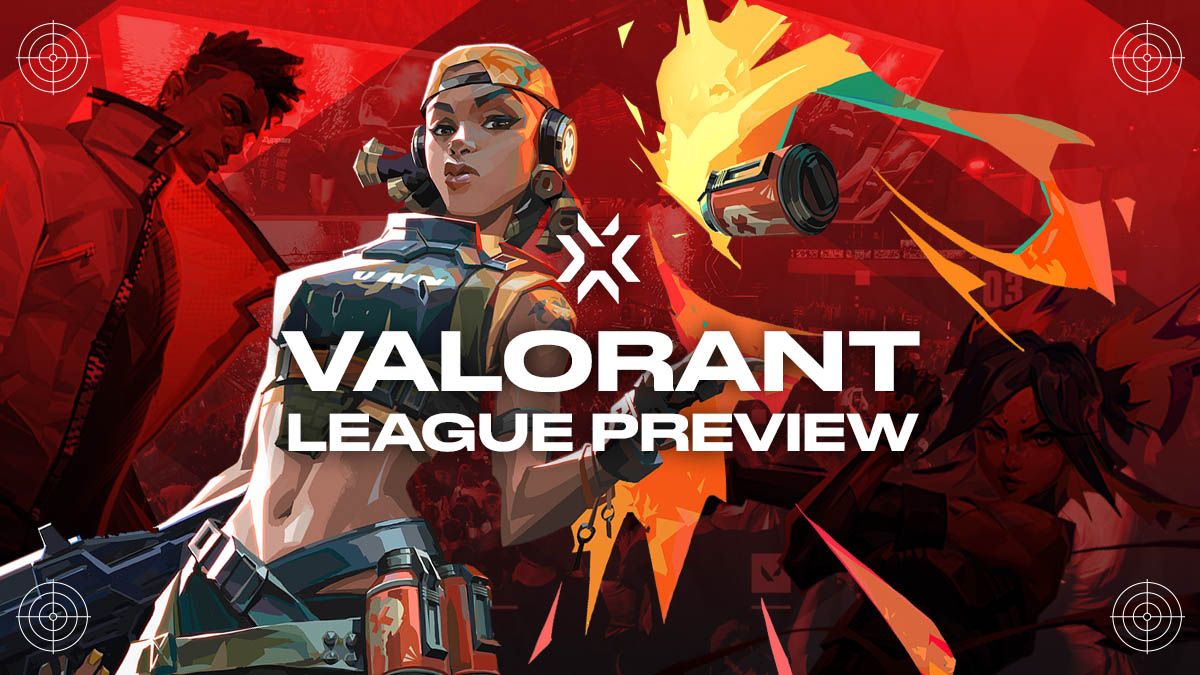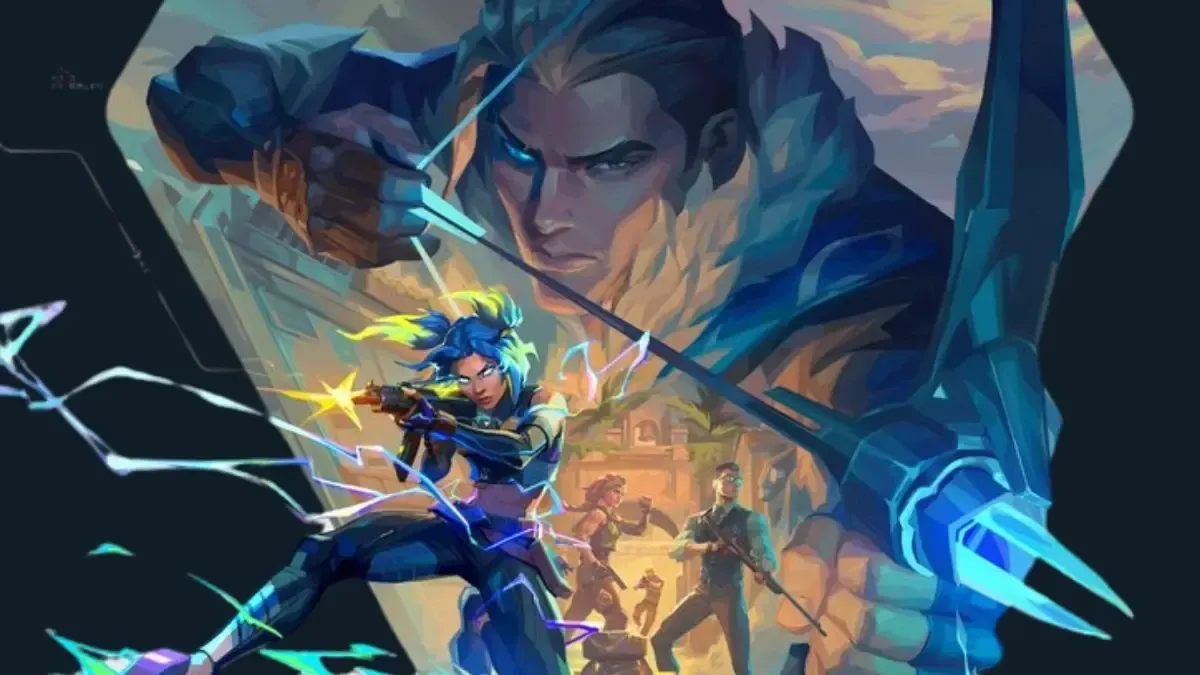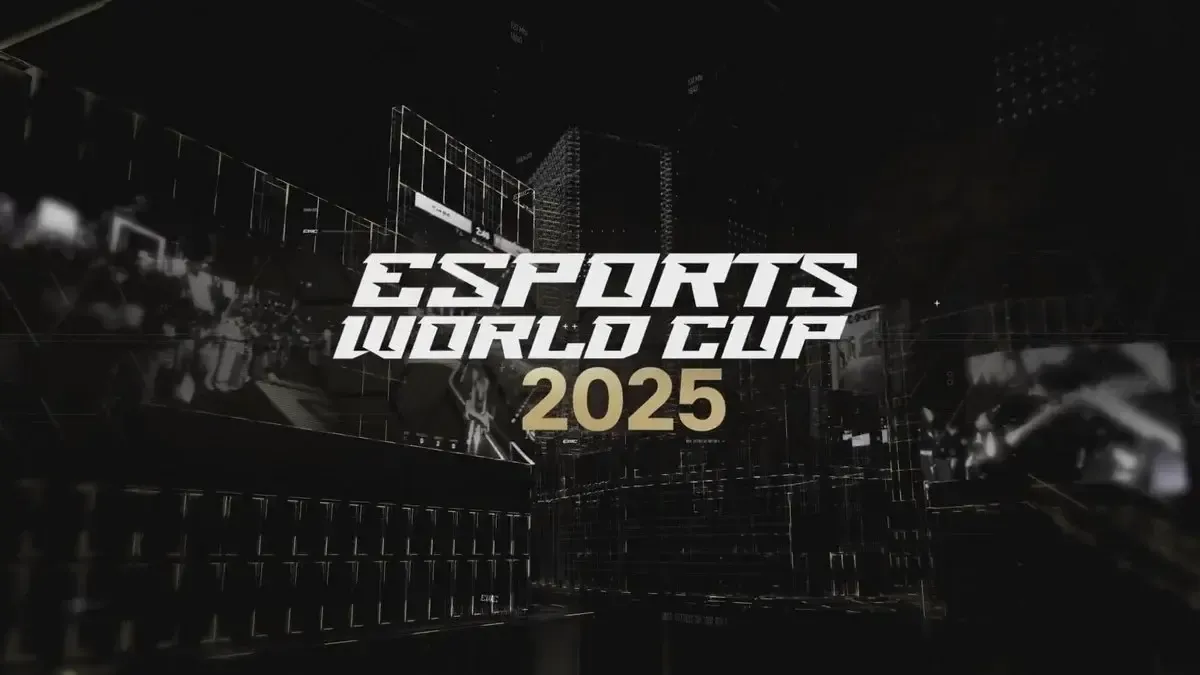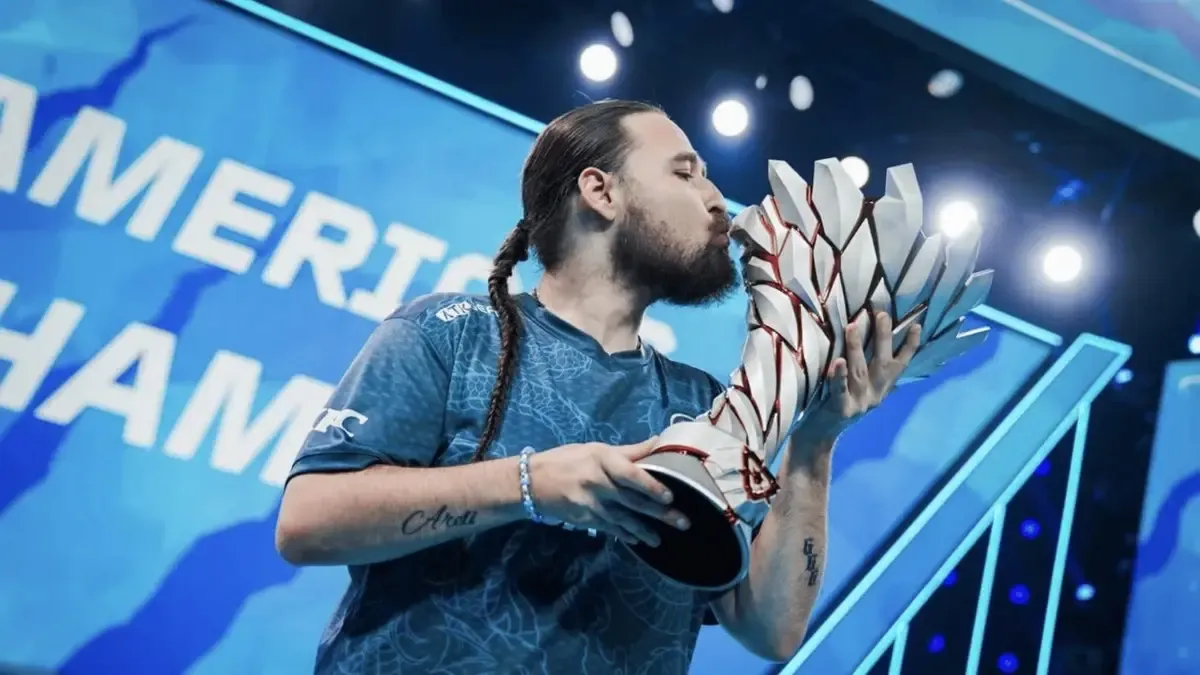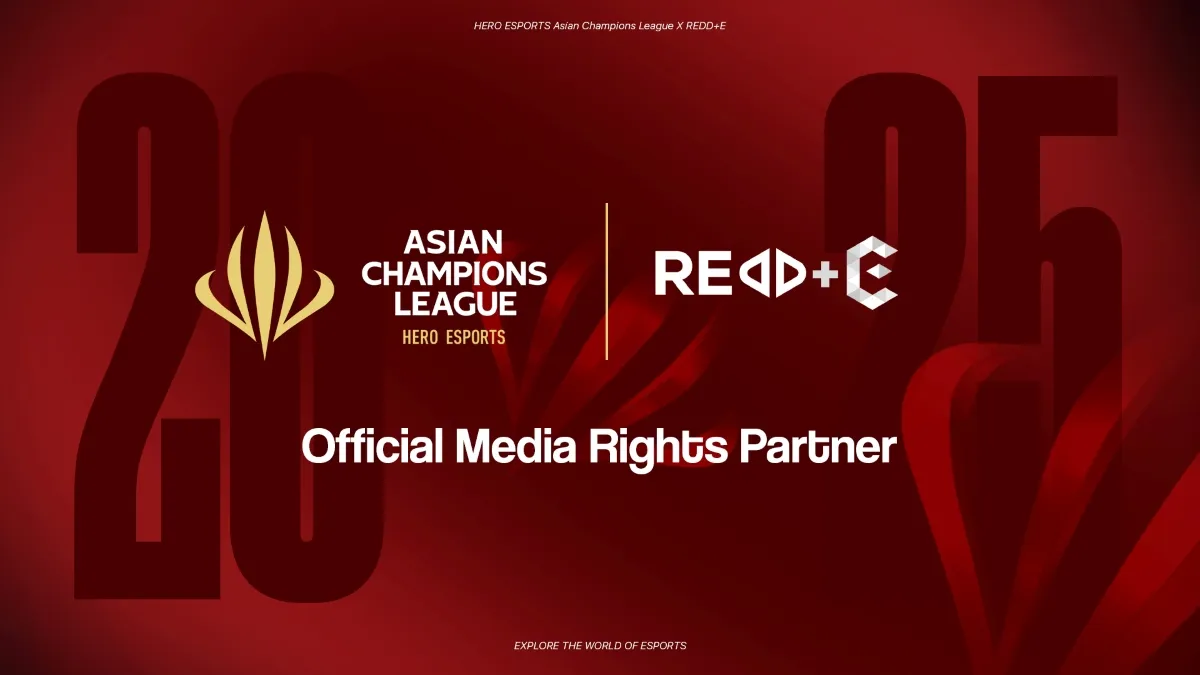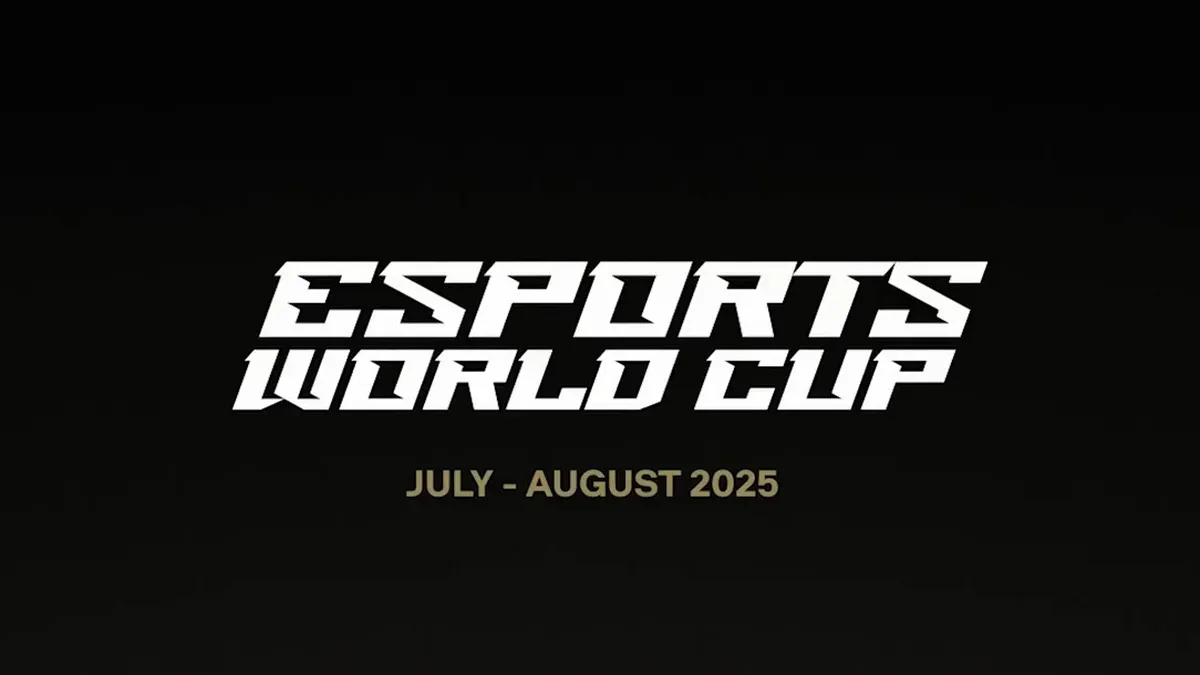How the new league system will change how the game is played and celebrated worldwide.
With the advent of 2023, we will be seeing a big change for the Valorant Champions Tour as teams will no longer be playing from multiple regions around the world – there will be only three leagues; teams under the catchment of that particular league will be playing to see who the top dog is before moving to the international tournaments.
The Leagues
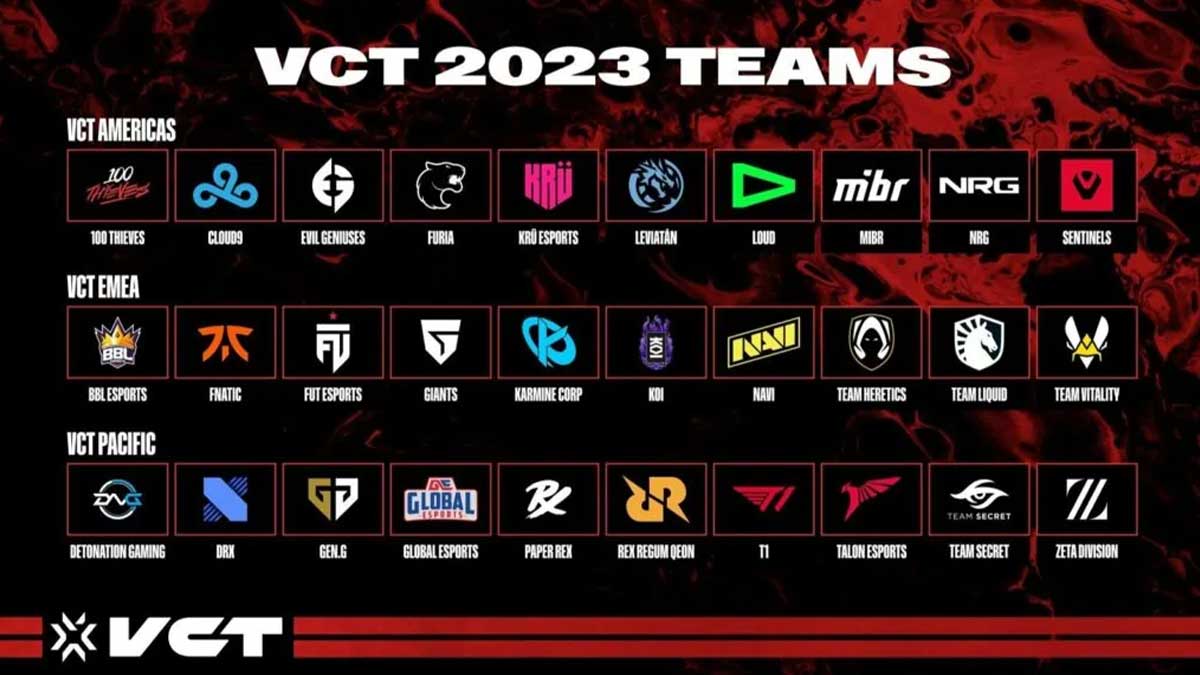
We have seen the announcement of partner teams previously, and the partner teams – 10 teams for now for each league – will be battling each other to grab a berth in the upcoming Champions 2023. The three leagues are:
While there are ten partner teams in each league – they are not there forever. According to the rules, each team will be on the partner list for two years, and any team can try to qualify for a place in the partnership list for VALORANT.
Riot’s end goal in the next few years will be to increase the maximum number of teams in each league to 14 and to have a total of 42 teams in the partner’s list. To aid in adding the teams to the list, the first tournament of the year, LOCK//IN, will see the 30 teams battle each other to see who will win the first tournament of 2023, but also the first league to add an extra slot to their teas list for 2024.
More teams, please

Of course, you will ask – how about the other teams in the scene? Where do they go? That is where the Ascension circuit comes in. After LOCK//IN, the international league will split, and the teams will continue to play in the Challengers circuit. Previously the mechanic to find qualified teams for Masters, Challengers will now be the funnel for teams to play through to qualify for the new end-game tournament for non-partner teams.
Ascension is the new end-game tournament for this level of competition, with teams from all three leagues will be heading to the first-ever Ascension tournament in July. The winner of this tournament will secure a two-year spot in the partnership list, elevating them to the international level. According to a release, the Ascension tournaments will feature teams from more than twenty different Challenger leagues.
The Challenger circuit will comprise multiple circuits from around the world, with each league region having multiple smaller leagues. The Americas will house four leagues, EMEA will have seven, and the Pacific region has the most at 10 leagues under its umbrella.
The Challenger leagues are:
- Americas
- NA
- LATAM North
- Brazil
- LATAM South
- EMEA
- Northern Europe
- Southern Europe (Spain, Italy, and Portugal)
- France and Benelux
- Dach (Germany, Austria, and Switzerland)
- Turkey
- Eastern Europe
- MENA
- Pacific
- South Asia (includes India)
- Thailand
- Vietnam
- Malaysia and Singapore
- Korea
- Japan
- Taiwan and Hong Kong
- Philippines
- Indonesia
- Oceania
The biggest Challengers leagues will get a dedicated broadcast time that will not interfere with any of the larger VCT leagues. They will begin with open qualifiers and consist of two splits with multi-week regular season play. After that, the top teams will head to Challengers Ascension.
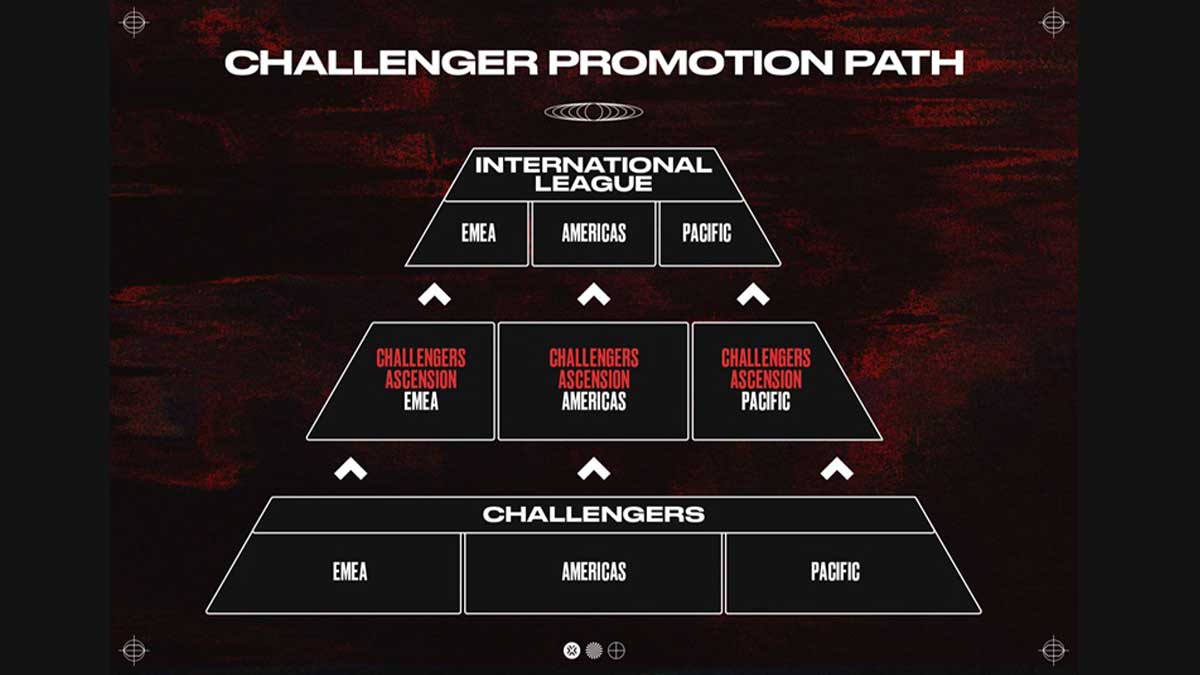
How will this change VALORANT?
The introduction of the leagues will change the scene multifold. Firstly, the introduction of three different leagues will allow teams that normally don’t participate in the international scene to reconsider as the leagues will be a bit more local, and more accessible in the long run.
Secondly, the more significant event will be broken down into smaller League events and Challengers tournaments also translates to closer engagement with the grassroots community as Riot Games is able to create more tailored events, with partners, targeted to the grassroots level. Imagine more tournaments in smaller countries and satellite cities rather than just one giant national tournament.
Thirdly, Riot Games is making teams easier access to play in these tournaments via in-game tournaments and options for anyone to create a team to play in the Challenger circuit – provided they have the prerequisite rank to play. This will allow smaller teams to involve themselves in bigger tournaments and eventually, put themselves on the international circuits to go against the big boys.
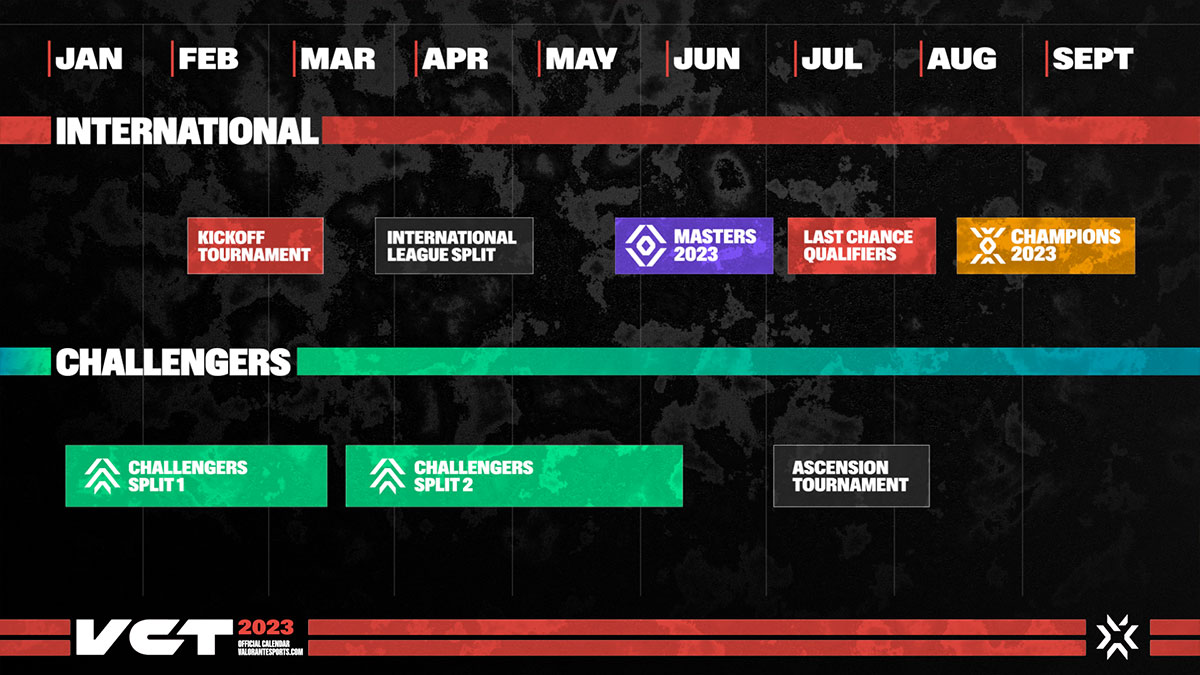
The sole VCT Masters for 2023 has been announced – it will be played in Tokyo - and will feature qualified teams from each international league. The winner of the international event will earn direct qualification into VALORANT Champions 2023, which is scheduled for August.

